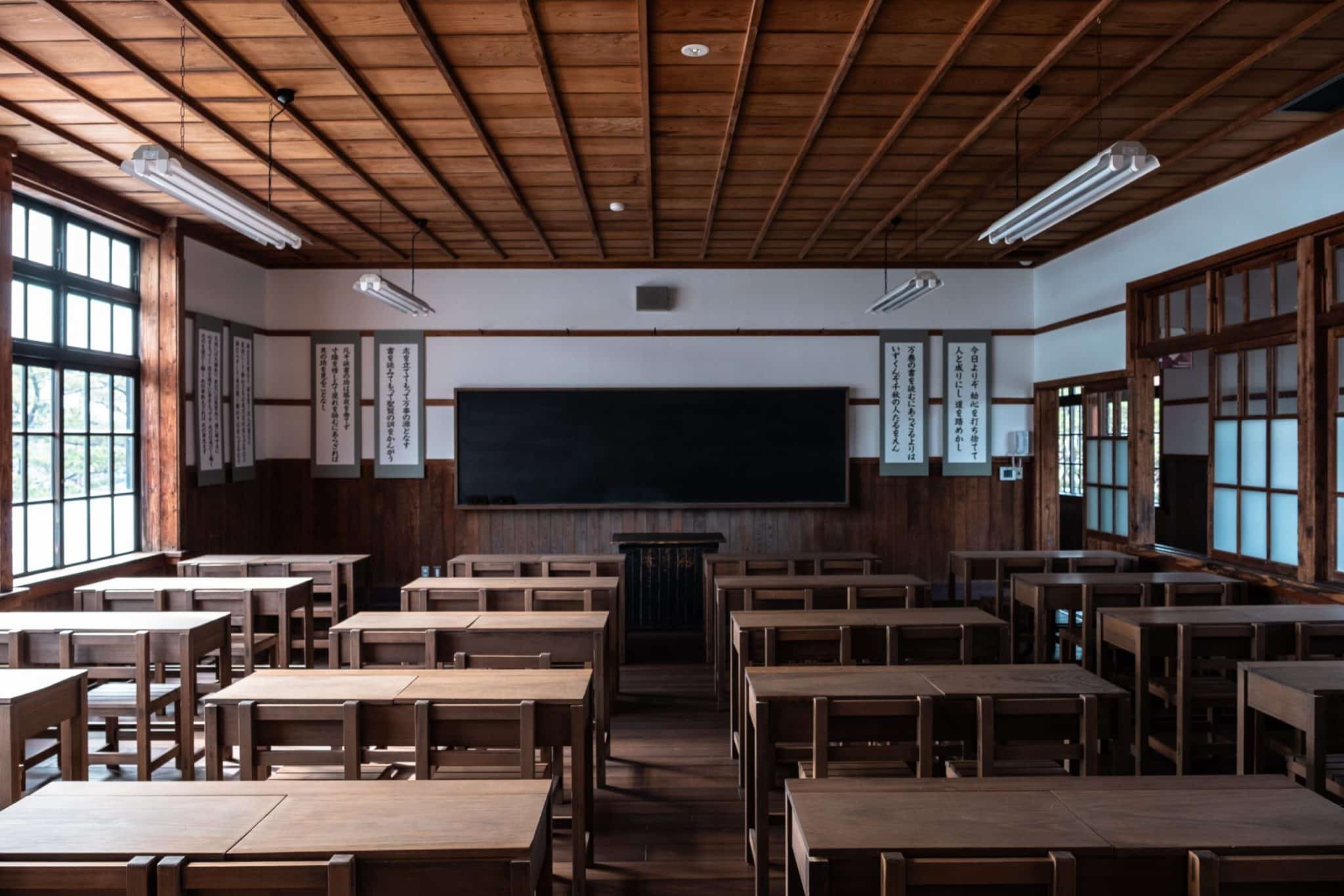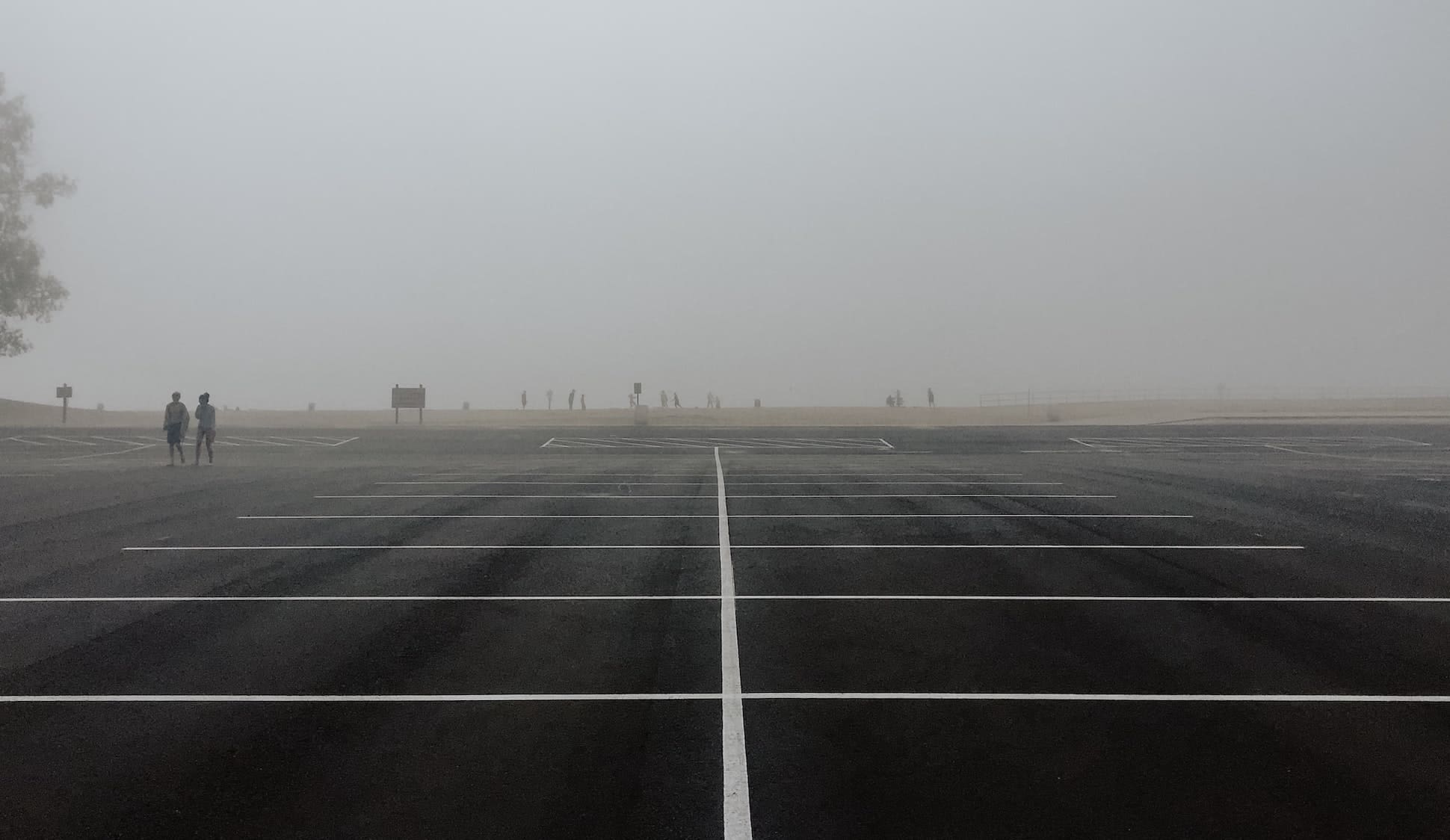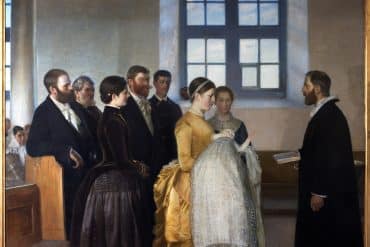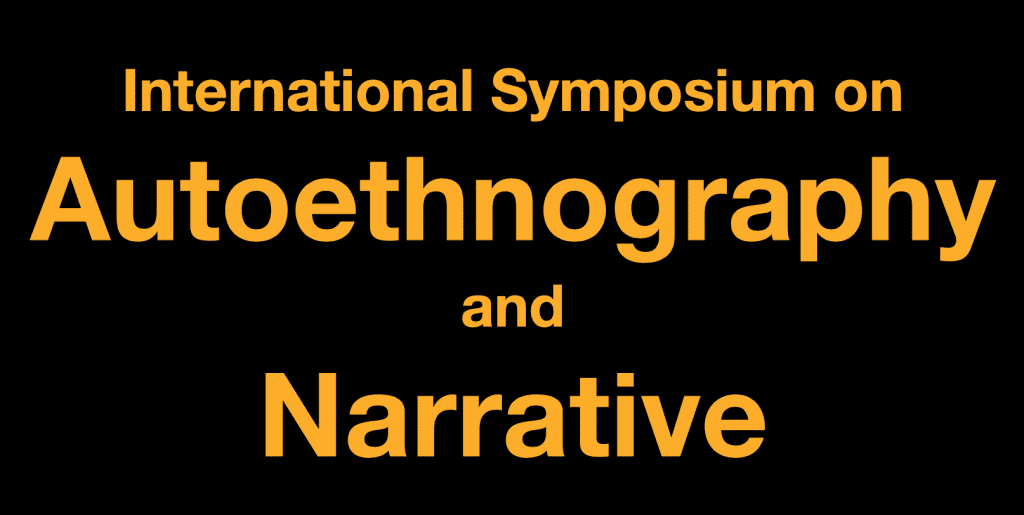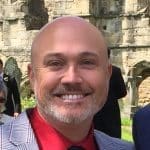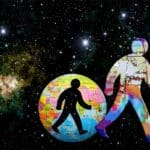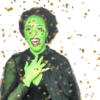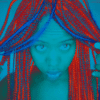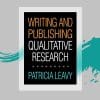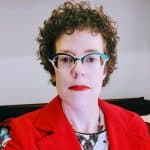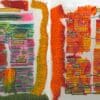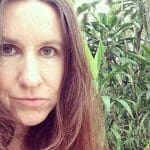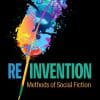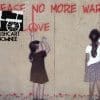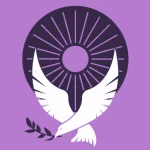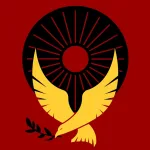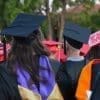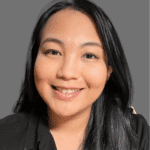What Do Editors Look for When Reviewing Creative Autoethnography?
The following video explores how the editors at The AutoEthnographer have developed their approach to evaluating creative autoethnography. It was created for presentation at the 2023 ISAN conference. “ISAN will provide scholars and practitioners of all experience levels an opportunity to present their autoethnographic and personal narrative projects”. View our 2022 ISAN video presentation HERE.
New to autoethnography? Visit What Is Autoethnography? How Can I Learn More? Interested in contributing? View our editorial board’s What Do Editors Look for When Reviewing Evocative Autoethnography? And check out our Submissions page. View Our Team to learn about our editorial board. Please see our Work with Us page to learn about volunteering at The AutoEthnographer. Visit Scholarships to learn about our annual student scholarship competition.
What do editors look for when vetting creative autoethnography?
The AutoEthnographer Literary and Arts Magazine is a digital nonprofit dedicated to presenting the creative side of autoethnography. By developing a refereed open source publication featuring evocative personal stories of cultural experience presented in an array of modalities, we aim to support emerging authors and artists to promote cultural diversity and appreciation and to celebrate creative expression as a vehicle for shared understanding and positive change.
As we are not an academic journal, however, one of the more challenging aspects of editing the magazine has been establishing the review process. As such, this presentation will respond to the questions, “What do editors look for when reviewing evocative autoethnography for a non-academic publication and how has this process evolved throughout the magazine’s first year?” Members of the magazine’s editorial board will address the development of our vetting system; the significance of an author or artist’s memo; some of the rhetorical tensions we face when reviewing; and conclude by offering strategies to autoethnographers interested in publication
How has the vetting process evolved?
Due to the various genres of work we receive, we require an author or artist’s memo. This brief discussion contextualizes or explains the submission in relation to autoethnography. “How is this work autoethnographic and which cultures or cultural issues are being addressed?” Here’s an example.
‘The Closet in the Classroom’ (Harrison, 2021) responds to the question what was it like being a queer? Guiding sensei or foreign teacher at the turn of the millennium in Western Japan? Using story to report cultural experience, ‘Closet’ autoethnographically presents the anxieties, choices and progress I made understanding how to construct, reveal, and perform a queer sexual identity in light of my developing teacher identity.”
The editorial process begins with editors reading submissions. They either accept, accept with revision, or reject work. And they provide brief written feedback discussing their appraisal. Initially, there was no rubric or criteria. Our own definitions of autoethnography guided our evaluations. Three readers were assigned to each submission. The author/artist memos helped contextualize the more abstract work such as poetry, video, and performance. Editors agreed to support the development of works that showed promise. This reflected our editorial philosophy of nurturing new authors and artists.
But as our editorial board grew, we realized that we needed a standard rubric for vetting with clear criteria. As of January. 2022 editors began by considering how submissions illustrate the following characteristics of autoethnography as well as its purposes (Figure 1). For example, working from insider knowledge and making work accessible.
Figure 1. Characteristics and purposes of autoethnography.
Consider Holman Jones et al. 4 characteristics of autoethnography:
- purposefully commenting on/critiquing of culture and cultural practice;
- making contributions to existing research;
- embracing vulnerability with purpose;
- and creating a reciprocal relationship with audiences in order to compel a response.
Holman Jones et al. also explain that autoethnography can serve 5 purposes as a method:
- disrupting norms of research, practice, and representation;
- working from insider knowledge;
- maneuvering through pain, confusion, anger, and uncertainty, and making life better;
- breaking silence reclaiming voice and writing to right;
- and making work accessible
However, our experiences in the world of literary publication suggested we had adopted an academic journal approach to editing. Lit mags don’t give feedback, nor do they nurture promising work.
As editor-in-chief, I also began to feel uncomfortable about offering opportunities for writers to revise their compositions. What about folks submitting songs, photos or videos? So, we decided to keep things simple, especially in light of the increase of submissions we were enjoying. No more feedback and no more acceptance with revisions and mentoring. We were going full lit mag style.
We did feel that the memo was key to the success of many of our contributions. As such, we decided that we would request memo revision as needed. And now we’ve moved back to a philosophy of nurturing any submissions that show potential and follow submission guidelines.
What do editors look for when vetting evocative submissions?
Nadine Khair explains, “The magazine takes autoethnography to a different level of freedom, experience and self-expression. It keeps autoethnography, but drops the element of research to allow writers to express themselves in a variety of ways.”
Lina Fe Simoy acknowledges the limitations of some art forms in achieving the full academic autoethnography as a research method. She adds, “The rhetorical tensions can be addressed by the author’s memo which allows the author to address those limitations.”
Editor and poet Jay Meadows establishes that “It is the flash of personality and identity. The moment of healing or deep introspection that I look for. I want to leave a peace feeling like I know the author all the better simply by reading their work.”
Shanita Mitchell offers,”I am looking for narratives that provide compelling, thoughtful, or powerful imagery or commentary in any medium. Accessibility is important in a piece. I look for the narrative to connect and speak to wider themes in society.”
Marlen Harrison emphasizes, “I look to see that the contributor is concerned with a cultural issue. I look to see that cultural inquiry is present in some way. And I also look for a strong memo contextualizing the work as an autoethnography. The memo should clearly define and discuss the cultural issue being examined.”
Odessa Ogo explains, “I look for works that use personal experience to explore culture. I want to see personal experience used as a way to reflect and comment on the cultures that surround us.”
Jessica Gullion concludes, “Mills wrote that we should explore history and biography and the relations between the two within society. History meant the larger social context while biography is the personal story. What I am looking for is how does your story inform the readers about a larger story?
What strategies do we recommend?
Lina Fe Simoy explains, “Whilst respecting the integrity of autoethnography as an established research method, The AutoEthnographer aims to make room for other art forms and acknowledge their autoethnographic value. My advice is to familiarize oneself with creative autoethnography and understand its basic difference from autobiography. Focus on lived experience and explore a meaningful phenomenon whilst remaining faithful to your chosen art form.”
Dilek Islir Hayirli suggests contributors look for “the emotions, feelings and reactions of the researcher towards a specific situation. I would like to see the crisis or dilemma felt if there are any during the research”
Sandra Faulkner writes, “I want to be transported into the world the author has created. I want to forget that I’m reading a submission, and to be completely immersed in the piece.”
Nadine Khair asserts that “the focus is what is behind the words or expression. It is more on the feelings associated with the culturally specific situation. It’s more like living the experience with their writer or artist to understand their perspectives, challenges, experiences, and so on.”
Marlen Harrison explains, “The work should ultimately be a story no matter the medium. And that story should concern a specific cultural issue. Help us understand how that story celebrates, interrogates or illuminates a specific cultural context or phenomenon. This is where you and your lived experience come in.”
“And stories take many forms. Photos, drawings, dance, music, video, art, and performance are all possible modes of autoethnographic storytelling,” adds Marlen.
References
Harrison, M. (2021). The closet in the classroom. The AutoEthnographer, 1(1). theautoethnographer.com/the-closet-in-the-classroom/
Holman Jones, S, Adams, T., Ellis, C. (2013). Introduction: Coming to know autoethnography as more than a method. In Holman Jones, S., Adams, T. E., Ellis, C. (Eds.), Handbook of autoethnography (pp. 17-47). Walnut Creek, CA: Left Coast Press.
Featured image by Mohamed Hassan from Pixabay



